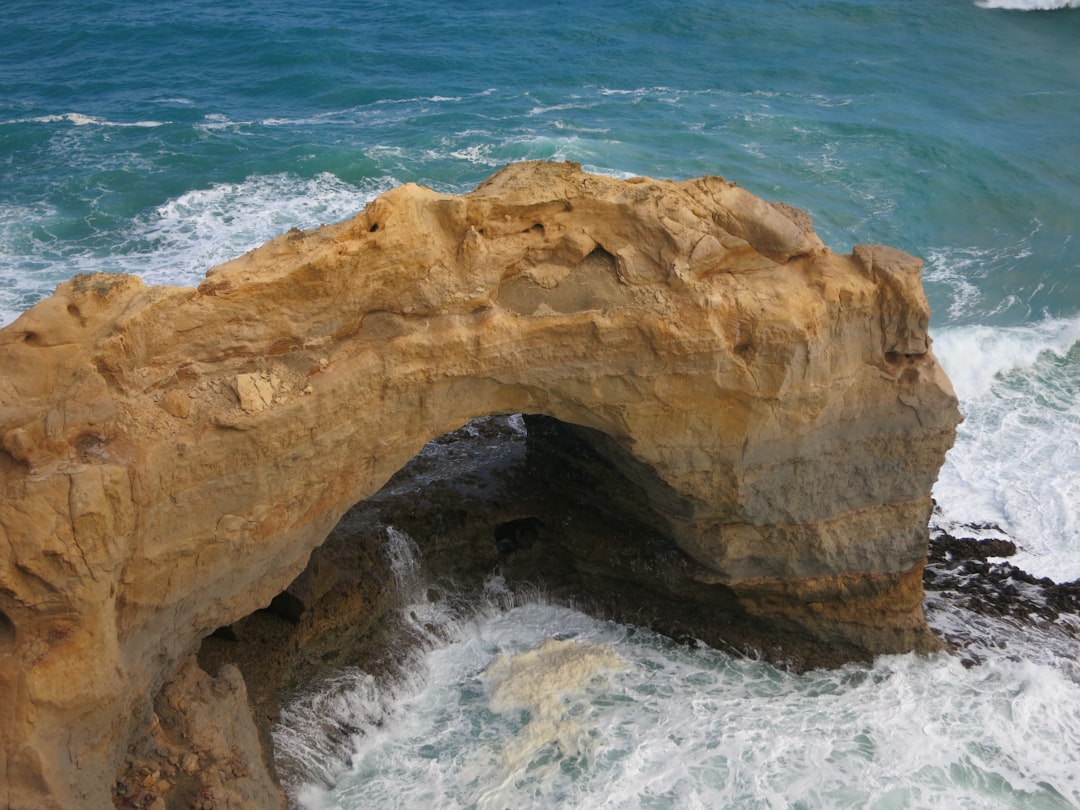What is it about?
Rock salt (essentially halite) is a special type of sedimentary rock that has played a large role throughout tectonic and economic history. The unique physical properties of halite (ductility, low density, flowability, and impermeability) can be critical factors in hydrocarbon traps and underground storage. To investigate the properties of rock salt in terms of elastic parameters, we use ultrasonic laboratory measurements and well logs. In the laboratory, we have analyzed the effects of composition, crystalline structure, pressure, and temperature on the elastic behavior of a variety of rock salt samples. From the analysis of 145 log suites from boreholes drilled through rock salt in the northern GOM, we found that, within the salt formations, P-wave velocities increased slightly with depth.
Featured Image
Why is it important?
Our laboratory and log measurements provide new values for the elastic properties of rock salt, which can assist in velocity model building, synthetic seismogram generation, and the understanding of the rock physics of halite.
Perspectives
Rock salt is such an interesting rock that we hope that this study would be helpful for the industries and the tectonics studies.
Jingjing Zong
University of Houston
Read the Original
This page is a summary of: Elastic properties of rock salt: Laboratory measurements and Gulf of Mexico well-log analysis, Geophysics, September 2017, Society of Exploration Geophysicists,
DOI: 10.1190/geo2016-0527.1.
You can read the full text:
Resources
UH interview
A short interview by University of Houston.
Elastic properties of salt: Ultrasonic lab measurements and the Gulf of Mexico well log analysis
SEG Extended Abstract 2016
Elastic properties of rock salt: Lab measurements and well log analysis in the Gulf of Mexico
SEG Extended Abstract 2015
Salt anisotropy: Ultrasonic lab experiments and traveltime ramifications
SEG Extended Abstract 2014
Contributors
The following have contributed to this page










